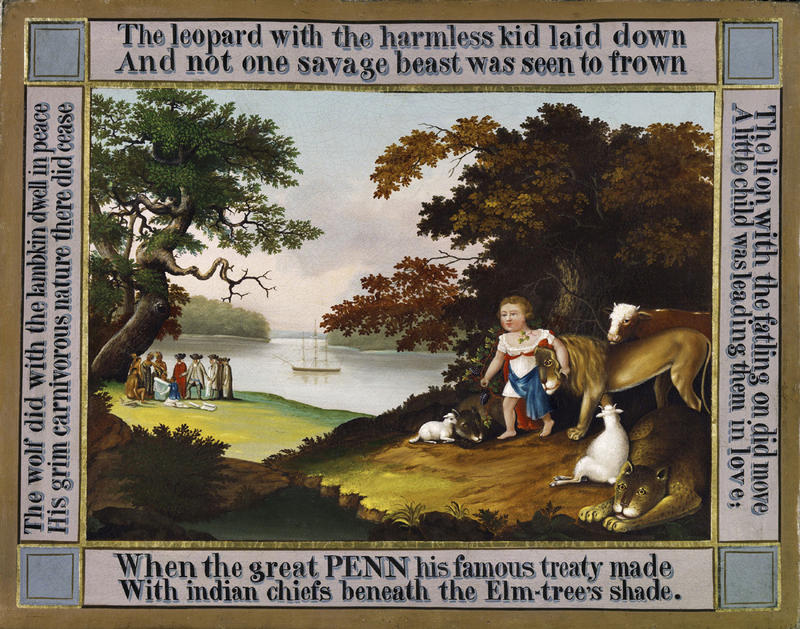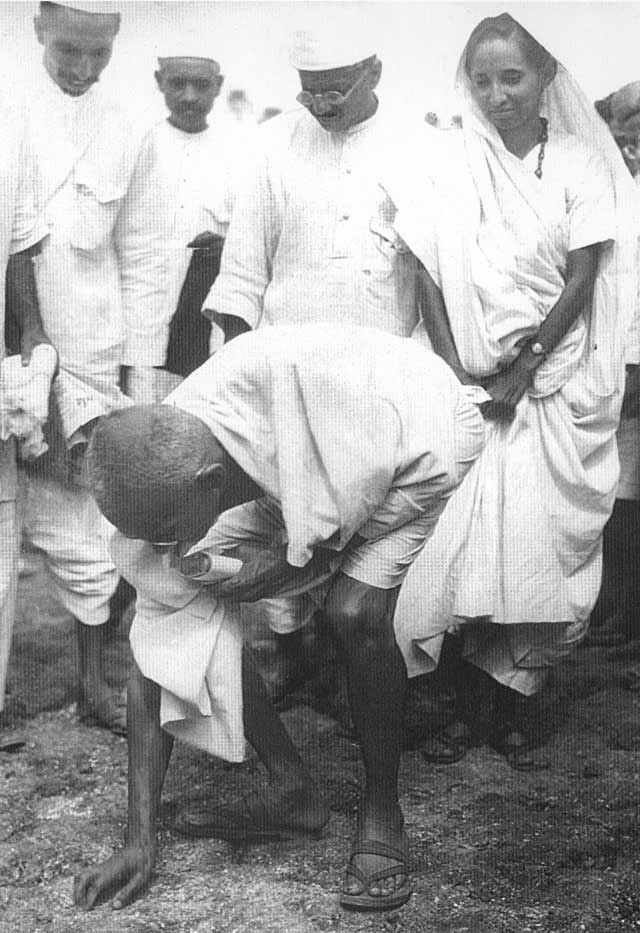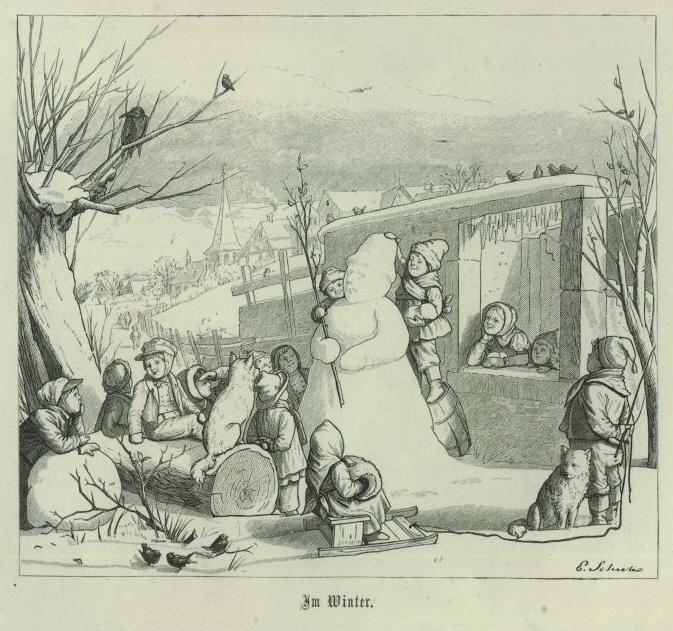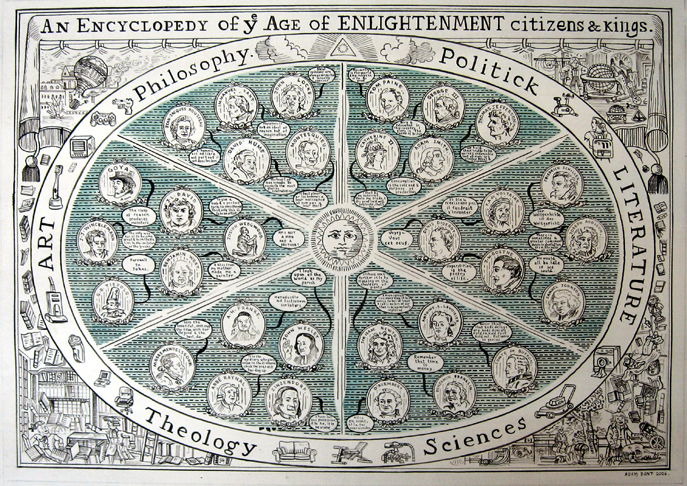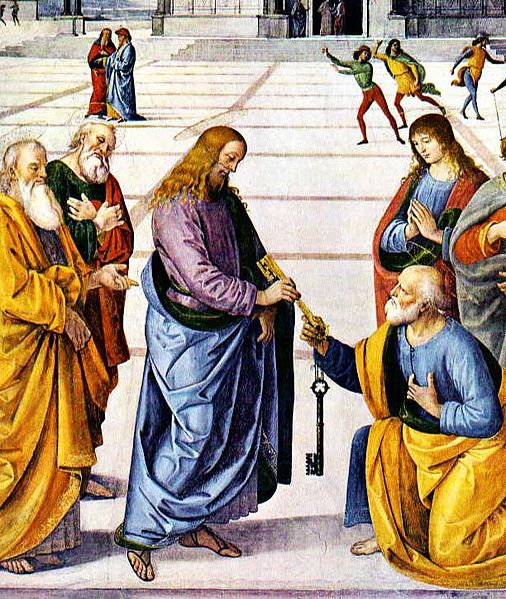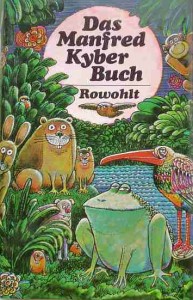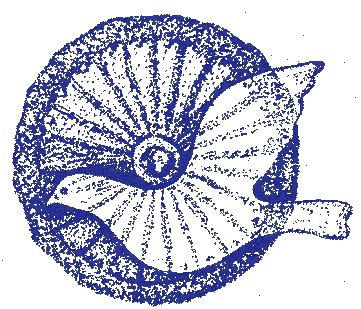by Manfred Kyber
Editor’s Preface: Manfred Kyber (1880-1933) was born in Riga, now the capital of Latvia, but then a part of Russia. His family was German and when he was still a small boy they moved back to Germany. He studied philosophy at the University of Leipzig and later moved to Berlin where he published a novel, poetry, and theater criticism. He married Elisabeth Boltho, a Theosophist through whom he met Rudolf Steiner, the Austrian philosopher and mystic, and became associated with the anthroposophical movement, which Steiner led. Kyber was not only a pacifist but an outspoken early proponent of animal rights. As well as poetry and novels, he published several volumes of fables and fairy tales, many of which have been translated into English. See the note at the end for links and further details about the translation and translator. Please note that we have also posted two other fairy tales by Kyber, “The Daily Work before Sunrise”, and “The Key of Heaven”. WJJ

Illustration courtesy damaridemarangelli.carbonmade.com
Once upon a time, deep in a forest of firs, there was a little fir tree who yearned to be a Christmas tree. But that is not as easy as most things in the community of trees, because Saint Nicholas is very firm in regard to his policies, and allows only those trees which have been duly recorded in his book to go into towns and cities as Christmas trees.
The book is frightfully thick, as is proper for a good old saint, and Saint Nicholas takes it with him into the woods on clear cold winter nights and records which trees are to be chosen for the Christmas celebrations.
And the trees, thrilled that they have been chosen for Christmas Eve festivities, bow before him in gladness to thank him, and then the saint’s halo glows, and that is very beautiful, and very solemn.
Now this little fir tree deep in the forest of firs yearned to be a Christmas tree. But for many years Saint Nicholas, when passing by the little fir tree in the clear cold winter nights, had said nothing, absolutely nothing. The poor little fir tree had not been noticed, and so he became very, very sad, and began weeping and weeping, and all his branches trickled with tears.
When someone weeps so much that he begins trickling, someone is bound to hear it. Indeed, this weeping could be heard by a small gnome. He wore a green moss cloak, had a grey beard, and a flame-red snout, and lived in a dark hole.
Read the rest of this article »


